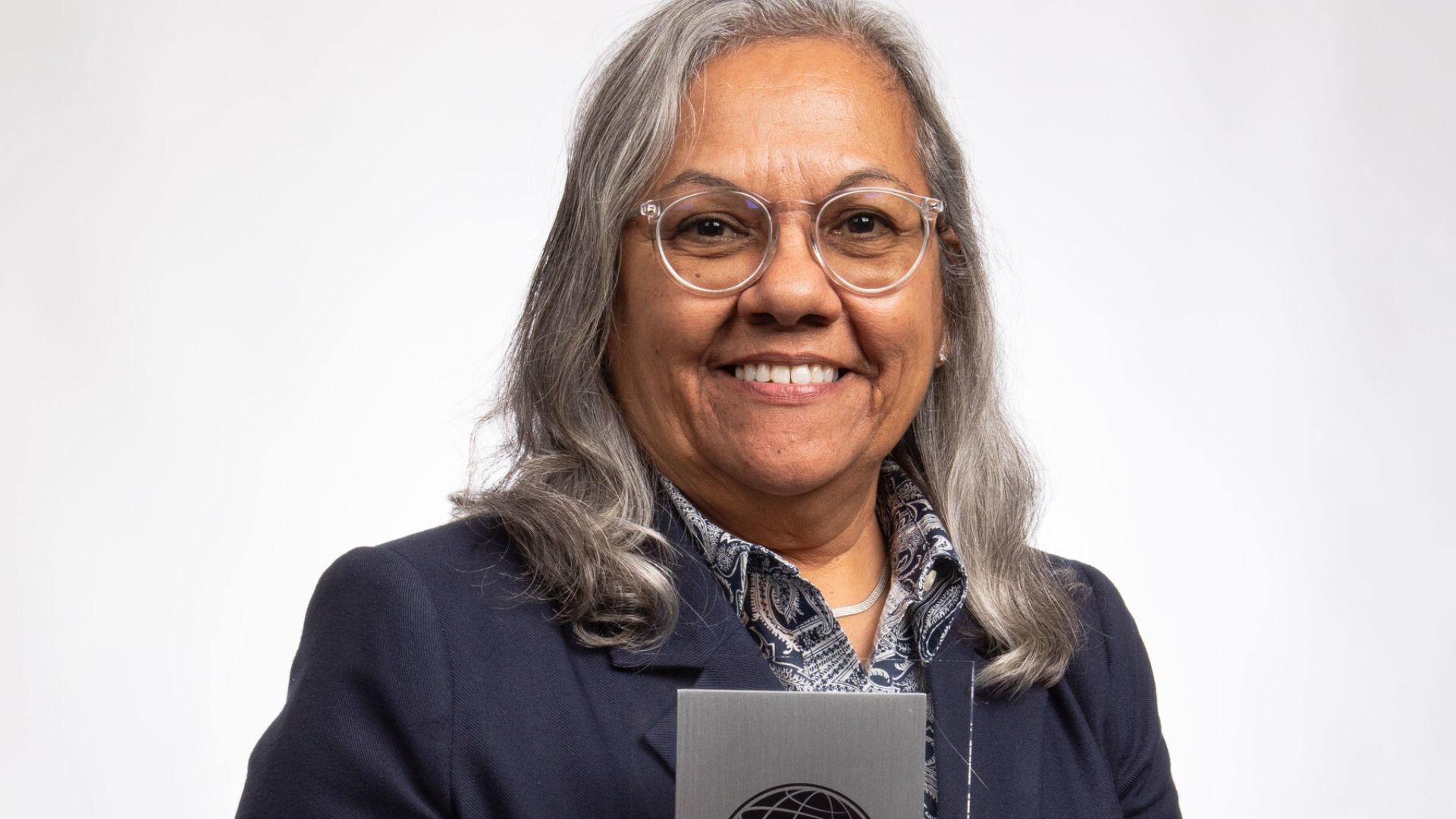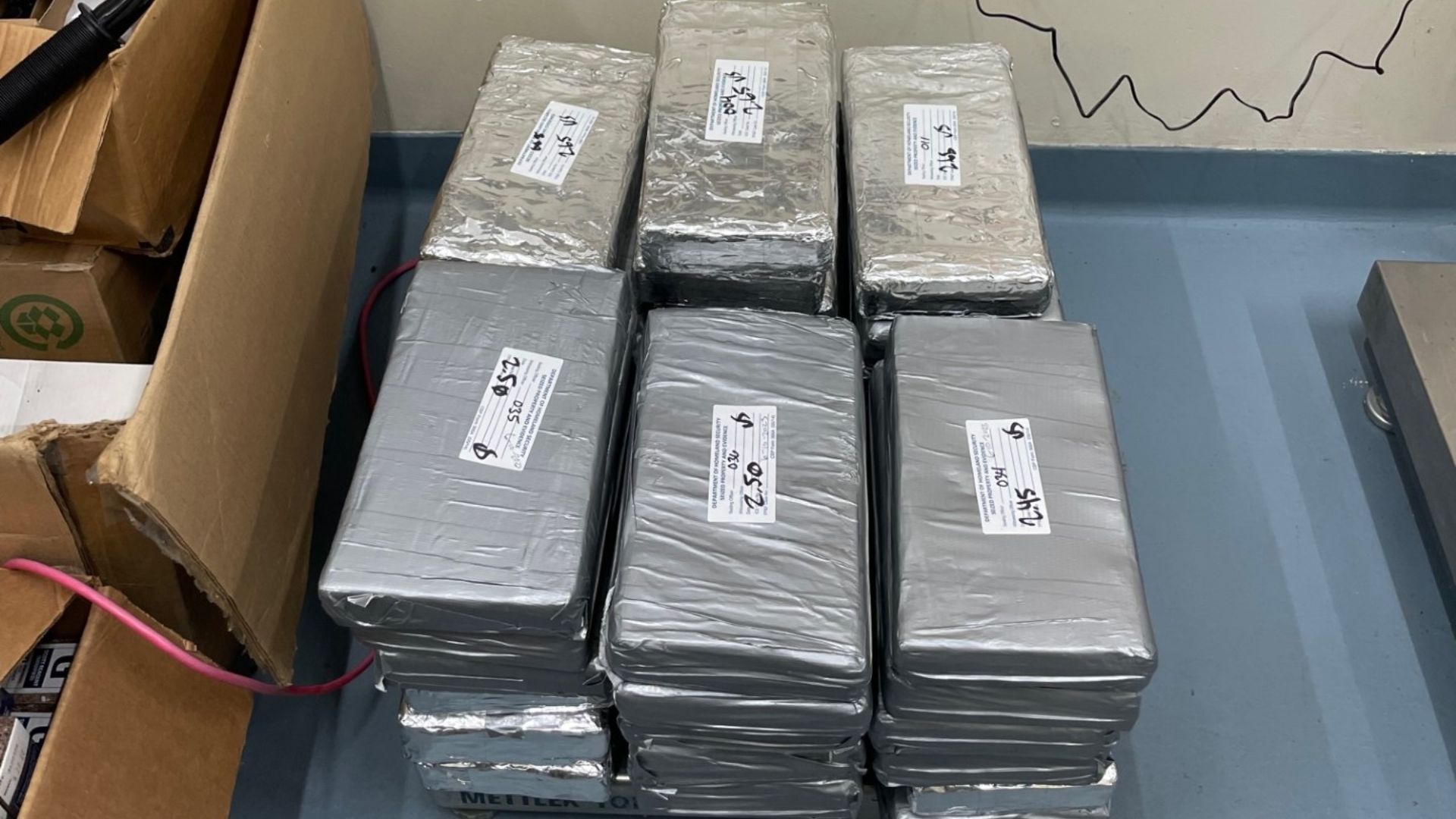EDINBURG, Texas (ValleyCentral) — Researchers at the University of Texas Rio Grande Valley (UTRGV) are in the middle of doing something groundbreaking as they are turning everyday glass waste into a possible innovative solution.
The glass sand being created could be used for coastal erosion and sustainable agriculture. On South Padre Island, the glass sand is being tested to see how it can nourish the beach to fight the effects of rising sea levels.
Researchers are testing the idea inside a tank resembling the beach and using small animals to see how they survive with the glass sand mixture.
In Edinburg, they are also using it to produce crops. UTRGV Science Professor Dr. Teresa Feria says they began planting valley-native vegetables like cilantro, jalapeno, and bell pepper seeds into samples of regular soil, 100 percent sand glass, and a mix of both.
Although still in its early stages, the approach has been found to accelerate plant growth but also reduce unwanted fungal growth.
“This is an issue that is local, food security, with global significance too because we want to address sustainability, life quality, and zero hunger as one of the goals," Dr. Feria said.
Dr. Feria began the work when collaborating with Dr. Julie Vanegas, who teaches at UTRGV but began her work on glass sand in Louisiana. She continues to go to the Pelican State in her truck to pick up bags of sand for usage in the lab.
However, that is all about to change very soon. Dr. Vanegas said UTRGV aims to establish a recycling plant in the future that will serve as a hub for community engagement.
This is because the project intends to increase community integration and educational outreach.
“We can start working on this process and have a facility here that recycles and crushes the glass and starts to use it for different things like agri-crops, growing plants and agriculture and it would be good for this community," Vanegas said.
Dr. Vanegas also wants the technology to begin testing different glass available in the area. For example, she says the glass from Louisiana is only localized while in the Rio Grande Valley, American glass mixes with Mexican due to border crossing.
The sand glass being worked does not cut or hurt. The professor says they will also be able to test the produce being grown soon to see if it maintains the same taste compared to those bought in the market.
UTRGV student Brittany Griggs, who works at the lab, says she believes it will based on their work.
“I'm curious to see if it does impact the taste," Griggs said. "I personally, I don't think it will. I think because the nutrients are still there at a base level, I think it'll taste the same, maybe better.”
Next month, Dr. Venegas said they will get a machine that will allow them to crush some of the glass in the lab. This is to help them further explore in looking into other vegetables to grow.
 (2).png)
 2 weeks ago
35
2 weeks ago
35








 English (US)
English (US)